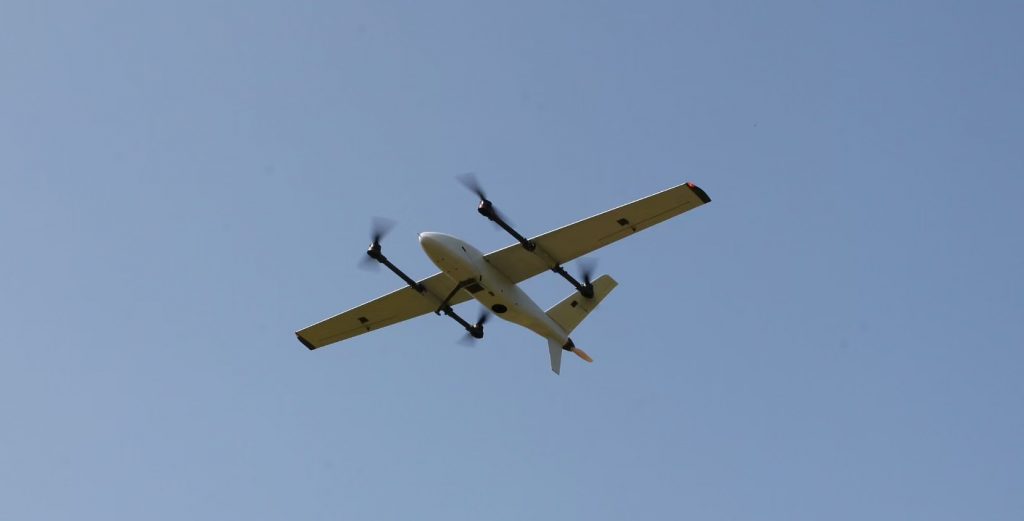

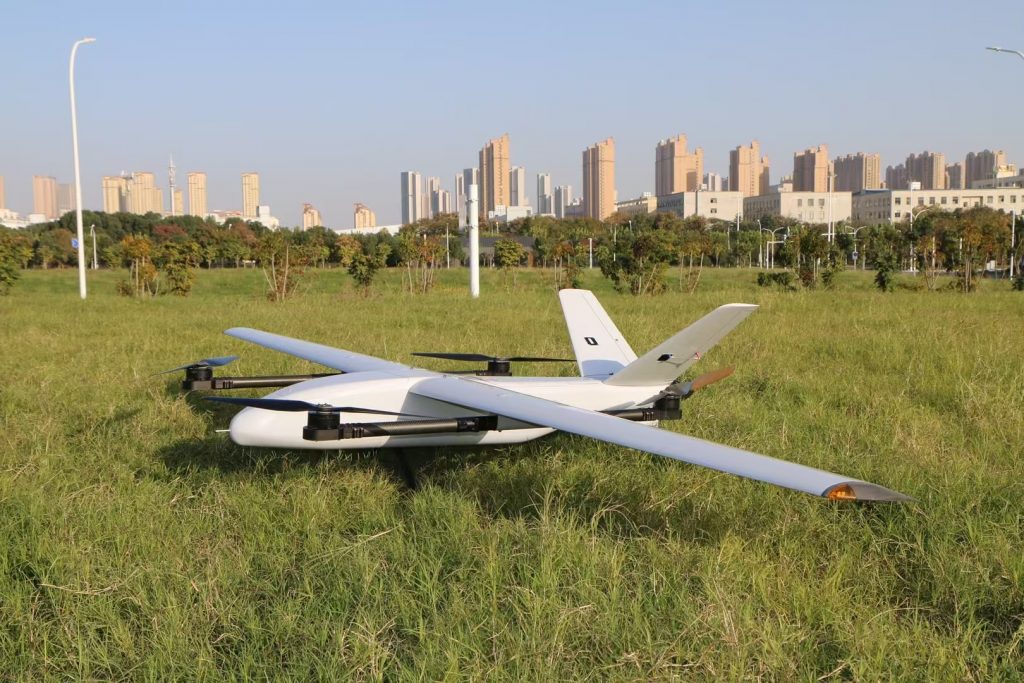
In recent years, agriculture has experienced a significant shift from manual, labor-intensive methods to technology-driven solutions. One of the most revolutionary tools leading this transformation is the agricultural drone. These intelligent flying machines are now an essential part of modern farming, helping growers around the world improve efficiency, reduce input costs, and increase productivity.
🚁 What Are Agricultural Drones?
Agricultural drones are unmanned aerial vehicles (UAVs) specially designed for use in farming and crop management. Equipped with features like GPS, automated flight control, and precision spraying systems, they are used to perform tasks such as:
- Crop spraying (fertilizer, pesticides, herbicides)
- Aerial monitoring and field analysis
- Seeding and fertilizer spreading
- Plant health detection and mapping
These drones help farmers make data-driven decisions while reducing the need for manual labor and equipment on the ground.
🌾 Key Benefits of Using Drones in Agriculture
1. Higher Efficiency
Drones can cover large areas quickly—completing in minutes what might take hours or even days by hand or tractor.
2. Reduced Input Costs
By applying fertilizer or pesticide only where needed, drones can significantly reduce chemical use and save money.
3. Improved Crop Health Monitoring
Advanced imaging and sensors allow for real-time insights into crop growth, disease outbreaks, and water stress, enabling faster action and better yields.
4. Access to Difficult Terrain
Hilly, muddy, or narrow plots are no challenge for drones. They can easily access hard-to-reach areas without damaging the soil or crops.
5. Environmental Sustainability
Precision agriculture with drones helps reduce runoff, minimize over-spraying, and conserve resources—supporting eco-friendly farming practices.
🌍 Global Applications of Agricultural Drones
Agricultural drones are being adopted in many countries and regions, including:
- Rice farms in Asia
- Corn and soybean fields in North and South America
- Vineyards and orchards in Europe
- Palm oil and cocoa plantations in Africa and Southeast Asia
From small family farms to large-scale plantations, drones are now essential tools for smart farming operations worldwide.
🛠️ Choosing the Right Drone for Your Farm
When selecting an agricultural drone, consider the following factors:
- Tank capacity (for spraying tasks)
- Flight time and battery life
- Durability in different weather conditions
- GPS/RTK positioning accuracy
- Ease of use and automation features
- After-sales support and spare parts availability
Reliable performance and strong technical support are key to maximizing the return on your drone investment.
📈 The Future of Farming Is in the Sky
As drone technology continues to improve, new features such as AI-powered plant analysis, automated refilling stations, and swarm flight coordination will become more common. Combined with mobile apps and cloud-based platforms, drones will become even more powerful tools for farm planning, forecasting, and analysis.
Governments, cooperatives, and private investors are increasingly supporting drone adoption to meet future food production needs sustainably.
Conclusion
Agricultural drones are reshaping the way food is grown, managed, and harvested. They are not just tools—they are part of a larger movement toward smarter, more efficient, and more sustainable farming.
Whether you’re a farmer, distributor, or agricultural technology provider, investing in drone solutions is a step toward a more productive and eco-friendly future in agriculture.
Smart farming begins with smart tools—and drones are leading the way.


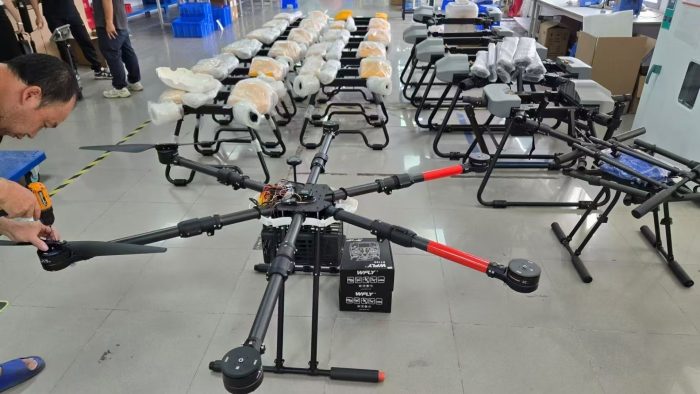

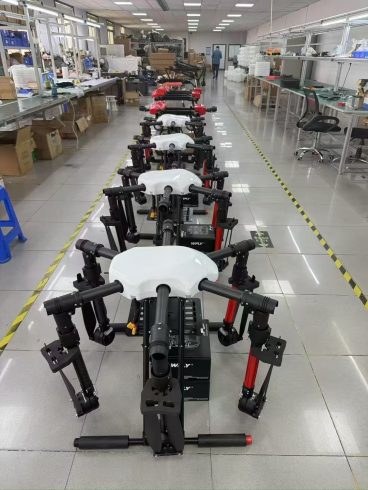
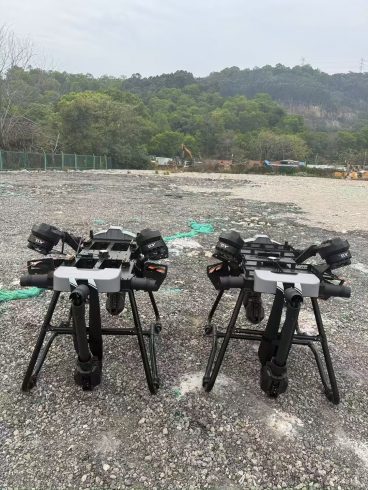
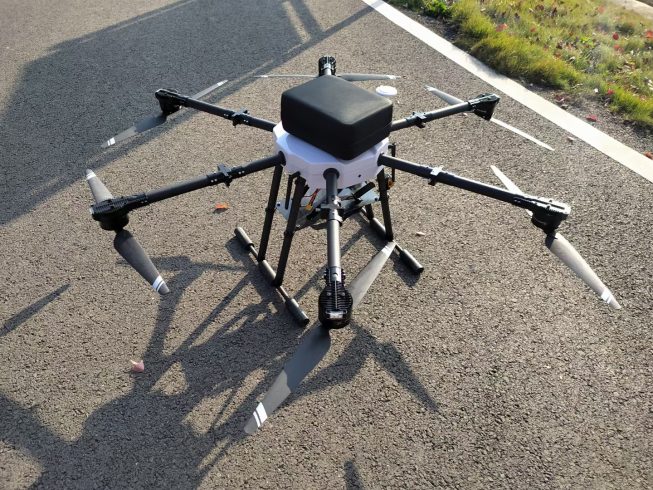
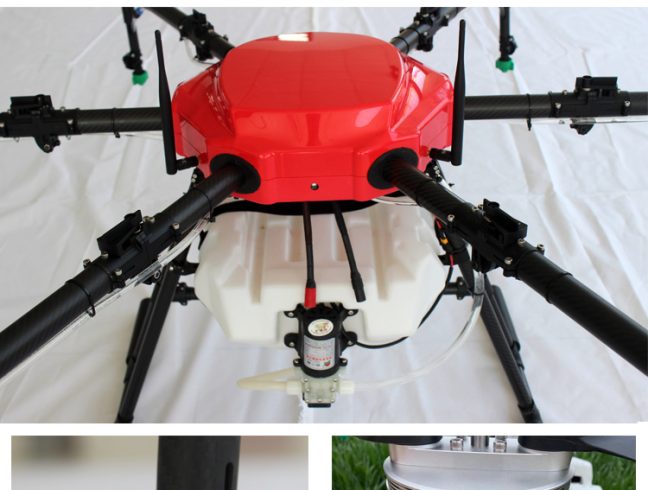

暂无评论内容